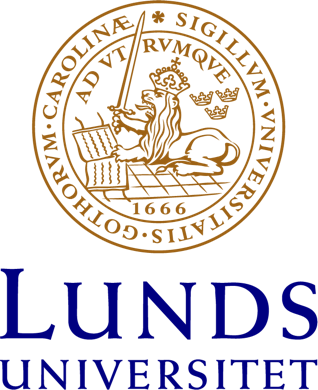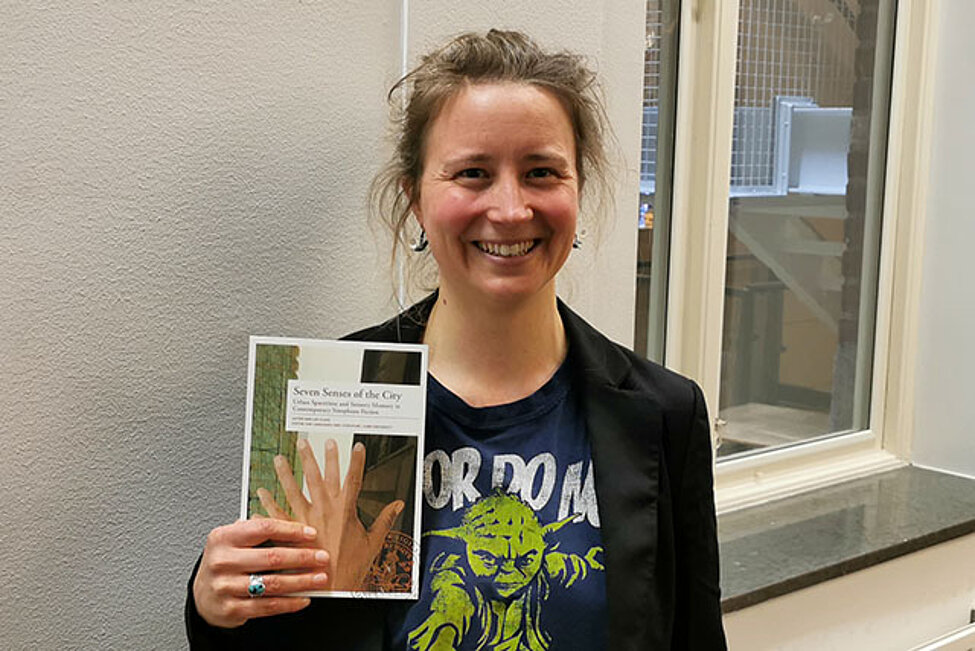The objective of this dissertation is to investigate the narrative mechanisms and imagery that fictional works employ to conceptualize and communicate complex human experiences of space, time and memory. Furthermore, this study shows how contemporary cities change the way we think about such basic concepts by analyzing narratives that employ and encourage multisensory, spatiotemporal understandings of reality characterized by permeable boundaries between the material, social and imaginary domains.
Through a triangular comparative analysis of six literary works by authors from Hong Kong, Shanghai and Taipei, I analyze how contemporary fiction narrates the complex relationships between body, memory and cityscape. The format is a kaleidoscopic comparison that analyzes the six literary works across chapters throughout the dissertation, rather than chapter by chapter as it is usually done in studies of literature. I employ spatiotemporal narrative analysis, a method I have developed by combining narratological tools for studying time in fiction with recent critical concepts of spatiality with a particular focus on narrative voice and reliability (hereunder the inaccuracy of memory), structural non-linearity (such as mental time travel) and the construction of self-reflectively fictional cities as loci for plot development.
Through a structural framework that I call literary sensory studies, and which consist of reimagined and metaphorically extended sensory modes, I engage with themes of scented nostalgia, flavors in fiction, walking as method, literary cartography, the melody of language, gendered cityscapes, metafictional dreams and rhythmic senses of time. I conclude that contemporary cities change the way we think about time, space and memory, and affect how we make sense of such changes through narrative.
Astrid Møller-Olsen i universitetets forskningsportal: <link https: lup.lub.lu.se search person osta-adm>lup.lub.lu.se/search/person/osta-adm

